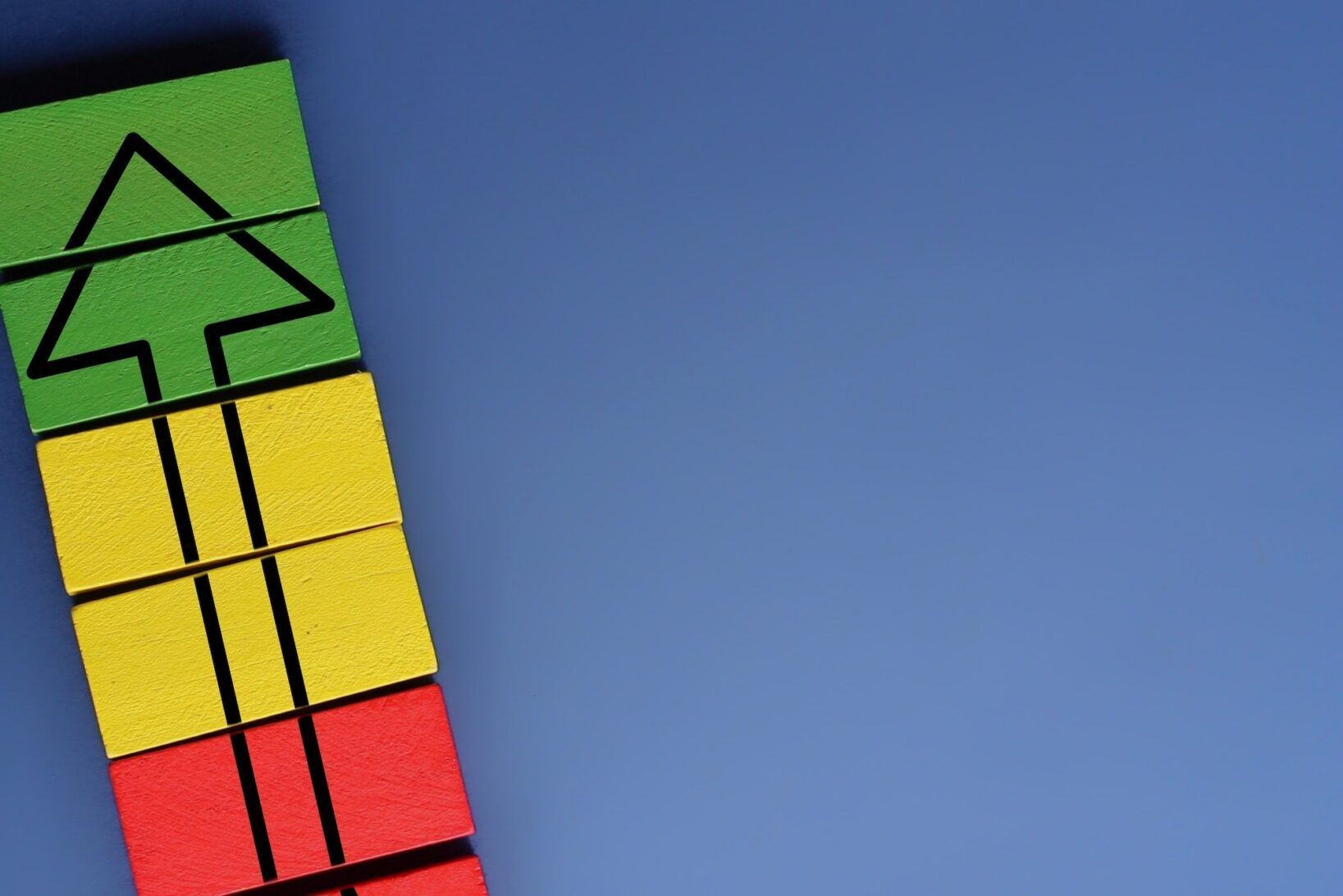Navigating the digital landscape of today, requires websites to be at their peak performance at all times. When it comes to WordPress sites, their success hinges on a few critical elements: website performance, user experience (UX), and Search Engine Optimisation (SEO). One tool that has the power to significantly boost all these aspects is WordPress caching. This comprehensive guide aims to elucidate the concept of WordPress caching, delve into the practicalities of its implementation, and examine its impact on load times, UX, website performance, and SEO. By understanding and effectively leveraging WordPress caching, you can deliver a superior and swift user experience that keeps visitors coming back to your site.
The ABCs of Website Caching
The What and Why of Website Caching
Navigating the digital landscape of today requires websites to be at their peak performance at all times. When it comes to WordPress sites, their success hinges on a few critical elements: website performance, user experience (UX), and Search Engine Optimisation (SEO). One tool that has the power to significantly boost all these aspects is WordPress caching. This comprehensive guide aims to elucidate the concept of WordPress caching, delve into the practicalities of its implementation, and examine its impact on load times, UX, website performance, and SEO. By understanding and effectively leveraging WordPress caching, you can deliver a superior and swift user experience that keeps visitors coming back to your site.
Caching Techniques: The Big Three
Caching is not a one-size-fits-all solution. Several techniques are employed to cache different types of data, each with its advantages and appropriate use cases. The primary ones include server caching, Content Delivery Network (CDN) caching, and browser caching. In the context of a WordPress website, understanding these techniques is essential for optimum performance.
 Diving Deeper: Server, CDN, and Browser Caching Techniques in WordPress
Diving Deeper: Server, CDN, and Browser Caching Techniques in WordPress
Server Caching: Lightening the Load
Server caching is perhaps the most straightforward form of caching. It involves storing a copy of the webpage on the server itself. When a user requests a page, the server delivers this cached version instead of processing a new request each time. This approach results in faster load times and reduced server load. Server caching can be particularly beneficial for websites with large amounts of static content or high traffic volumes, as it reduces the workload on the server. WordPress-specific hosting solutions, like the ones we offer at J36 Digital, often come equipped with server caching capabilities.
CDN Caching: A Global Approach
A Content Delivery Network, or CDN, is a network of servers distributed globally. These servers store copies of your website’s static content—like images, CSS, and JavaScript files. When a user visits your site, the CDN delivers the cached content from the nearest server. This approach reduces latency (the time it takes for data to travel from the server to the user) and speeds up the load time. Our guide on why you should use a content delivery network provides a more in-depth look at the benefits of CDN caching.
The Impact of Caching on WordPress Websites
Improved Load Times and User Experience
Caching, when appropriately implemented, can drastically improve your WordPress site’s load times. This speed-up has a direct impact on your site’s user experience. In an age where users demand quick and seamless interactions, a slow-loading site can be a deal-breaker, causing potential customers to bounce off. Caching can ensure your site meets these demands, keeping your users engaged and happy.
Enhanced Website Performance and Stability
Reducing the server’s load through caching ensures your site remains stable even during high-traffic periods. Without caching, your server might become overwhelmed with requests, leading to slow response times or even crashes.
Caching and SEO: A Winning Combination
Search engines prioritise websites that offer a superior user experience. Since load time is a significant factor in this, caching can have a direct impact on your SEO. Furthermore, caching also improves specific aspects of SEO, such as page ranking and crawl rate. For a deep dive into these aspects, consider reading our articles on SEO for beginners and on-page SEO key strategies.

Choosing the Right Caching Techniques for Your WordPress Site
Understanding Your Website’s Needs
The choice of caching techniques depends on the specifics of your WordPress site. For instance, a small blog may not require a CDN, while a large, image-heavy e-commerce site could benefit significantly from it. Similarly, websites with dynamic content may need to consider server caching options carefully.
Considering Traffic and Size
The size of your website and the amount of traffic it receives are also key factors. High-traffic sites may need robust server and CDN caching to handle the load, while smaller sites may primarily benefit from browser caching.
The Interplay of Caching Techniques
Complementing Each Other
Server, CDN, and browser caching techniques are not mutually exclusive. They complement each other in improving your WordPress site’s performance. For instance, while server caching reduces the server load, CDN and browser caching ensure faster content delivery, creating a harmonious interplay.
A Balanced Approach
Using all three caching techniques can provide the best results. However, it’s essential to balance them correctly. Too much caching can lead to outdated content being served, while too little can put unnecessary strain on your server.
Mastering WordPress Caching for Website Performance
Website caching is a powerful tool in the arsenal of any WordPress site owner. By understanding and implementing server, CDN, and browser caching techniques, you can dramatically improve your website’s load time, enhance user experience, boost website performance, and optimise SEO. As with all things in the digital world, there’s no one-size-fits-all approach. By understanding your website’s unique needs and balancing the different caching techniques, you can provide your users with a fast, smooth, and satisfying browsing experience.








